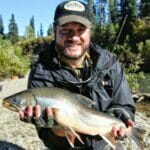
Trout Unlimited is devoting the month of September to celebrating public lands and the agencies dedicated to upholding America’s public land heritage. It’s no coincidence that National Hunting and Fishing Day and National Public Lands Day are both during September — the month is tailor-made for hunters and anglers to enjoy all that public lands have to offer.
Join us this month as we get to know the agencies who manage our public lands and explore special places around the country. Stay tuned to TU.org, Facebook, Instagram and Twitter for updates, contests and opportunities to take action. Most of all, get out this September and enjoy your public lands!
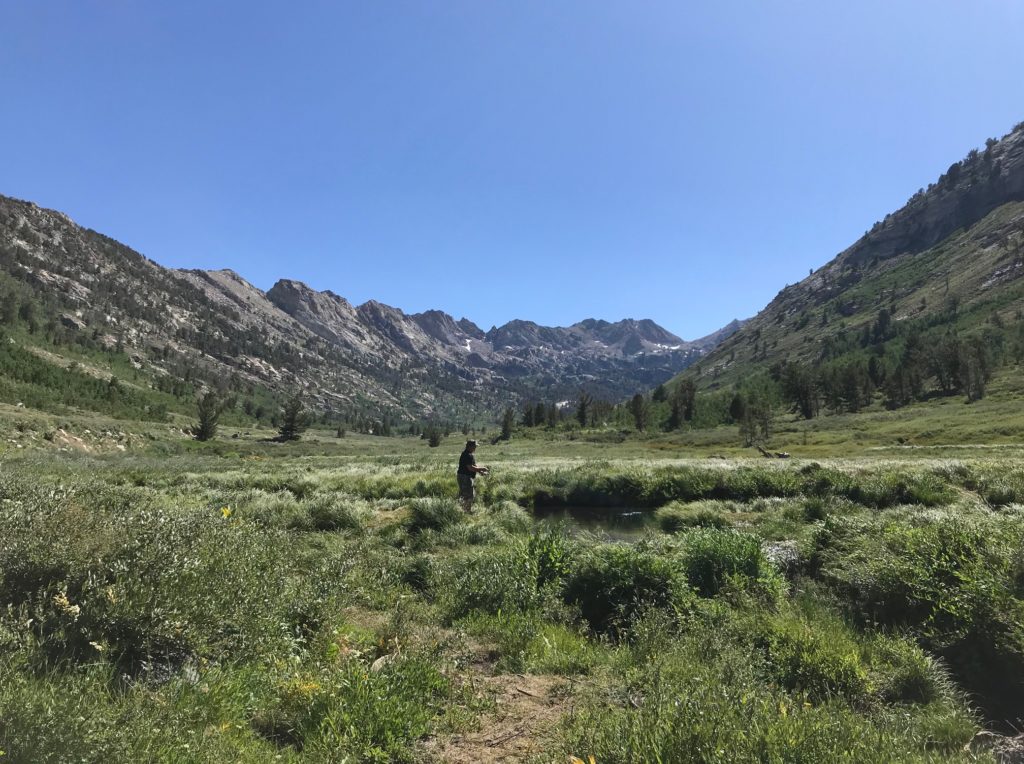
Misnamed mountain range earns its moniker
Legend has it the Ruby Mountains were mistakenly named after explorers thought they had discovered rubies while searching for gold. The beautiful minerals turned out to be garnet, but the name stuck.
Nearly two centuries later the name could not be more appropriate. The Ruby Mountains in the Great Basin area of the western United States are truly a gem in the Silver State.
The Ruby Mountains are a special place for people, but they also provide critical habitat for a wide array of wildlife.
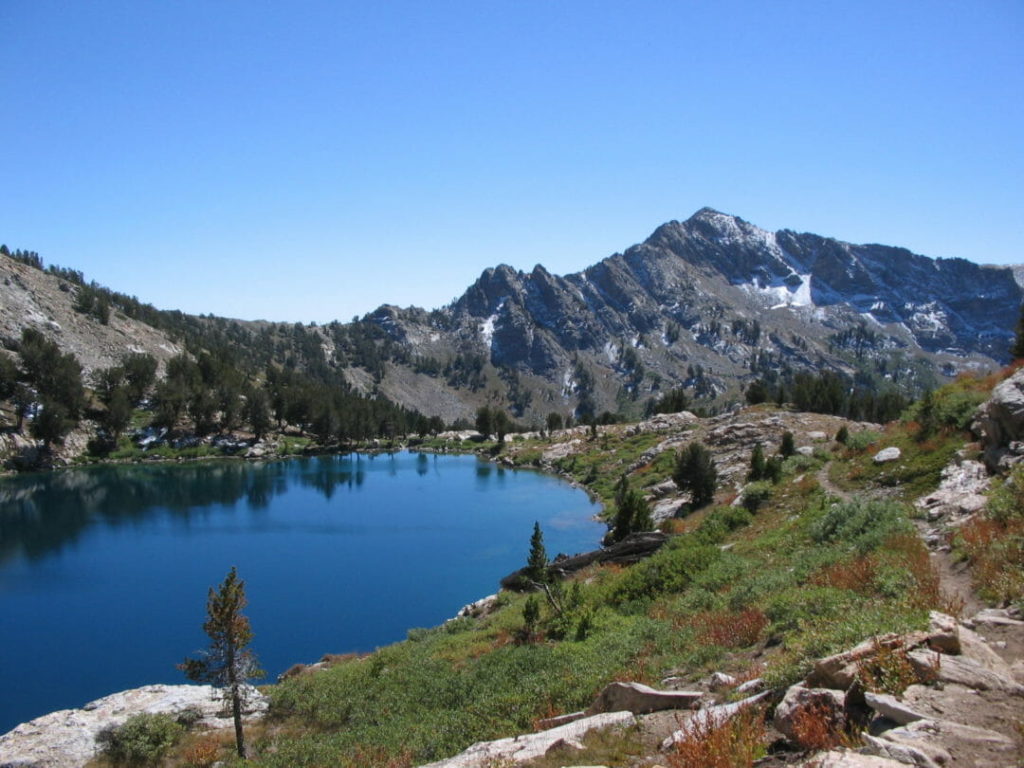
Nevada’s largest mule deer herd is found in the Rubies. Habitat conditions on the Ruby Mountains are ideal for Himalayan snowcock, a 6-pound, chukar-like transplant from southern Asia that lives high above the treeline. Lahontan cutthroat trout – the state fish of Nevada and a threatened species – are holding hold on in the Rubies while wild populations in other parts of the state struggle.
Concern about the Rubies mounted when land management officials received an “expression of interest” for oil and gas leasing in April 2017. Public comment was opened as part of the Forest Service’s decision process.
Sportsmens groups and the Western Shoshone Te-Moak Tribe united to educate citizens about the threats to wildlife in the Rubies, not to mention impacts on tourism in the area. Only four comments arrived supporting oil and gas exploration. Another 13,364 comments sent to the U.S. Forest Service opposed oil and gas development in the Ruby Mountains.
“Nevada sportsmen and women understand the need to develop resources, but the Rubies are not the place for extraction,” Pam Harrington, Nevada Field Coordinator for Trout Unlimited, told media as the comment period deadline approached. “The most valuable resource in the Rubies is the hunting, fishing and recreational values.”
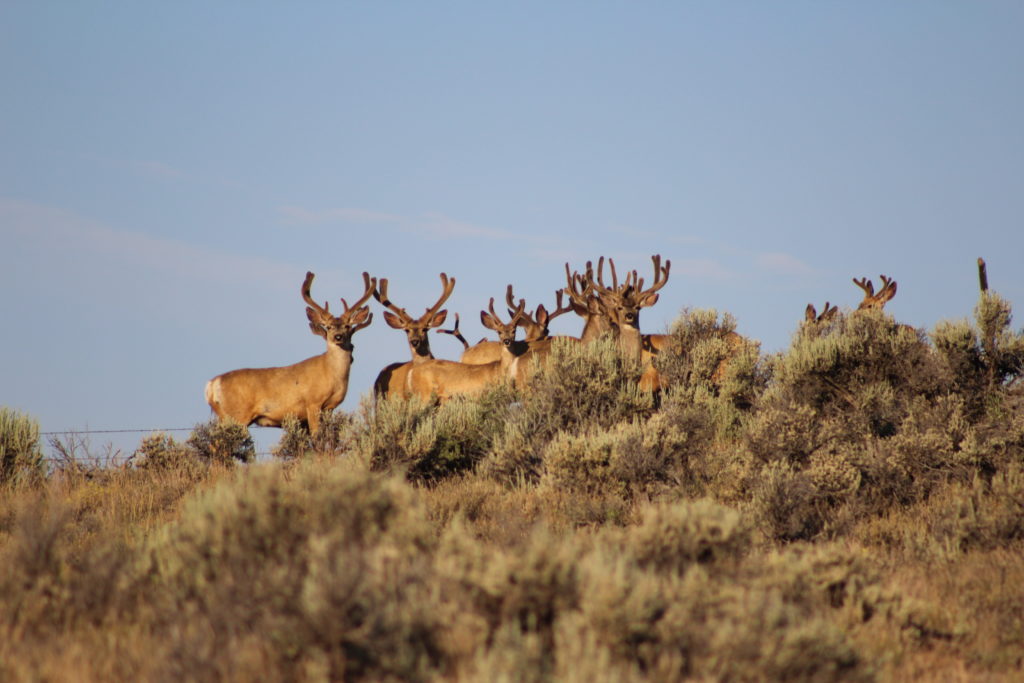
Responding in part to the overwhelming comments against oil and gas development, Humboldt-Toiyabe National Forest Supervisor Bill Dunkelberger announced a no leasing decision in March of this year on 54,000 acres identified as possible leasing options.
But it didn’t take long before new expressions of interest in oil and gas development requests arrived; some on parcels ruled upon in the March decision. Forest Service officials say they will not offer leases on the already denied parcels. No time frame has been given for a review of the requests, but any decision would have to follow National Environmental Policy Act procedures.
There may not be a need for the review. Nevada Sen. Catherine Cortez Masto announced the Ruby Mountain Protection Act in February. The act, if passed, would withdraw 450,000 acres of land within the Ruby Mountains from all eligibility for oil and gas leasing.
Trout Unlimited supports the Ruby Mountain Protection Act and is working with Sen. Cortez Masto and numerous partners to get it passed.
The senator vowed to continue her fight to protect the Rubies even as the no leasing decision was announced in March
“While today’s decision is a significant victory for the coalition of conservationist, outdoor enthusiasts, small businesses and Nevadans who stood up, there is still more we must do to prevent any future attempts to develop these lands for potential oil and gas leasing,” Cortez Masto said in a written statement. “I will continue to fight in the Senate for the passage of my Ruby Mountains Protection Act, which would write into law that oil and gas leasing in the Rubies is prohibited and specifically ensure the protection of those beautiful public lands for generations to come.”
The senator toured the Rubies last week to check on the impacts of a large wildfire and to speak to locals about her bill.
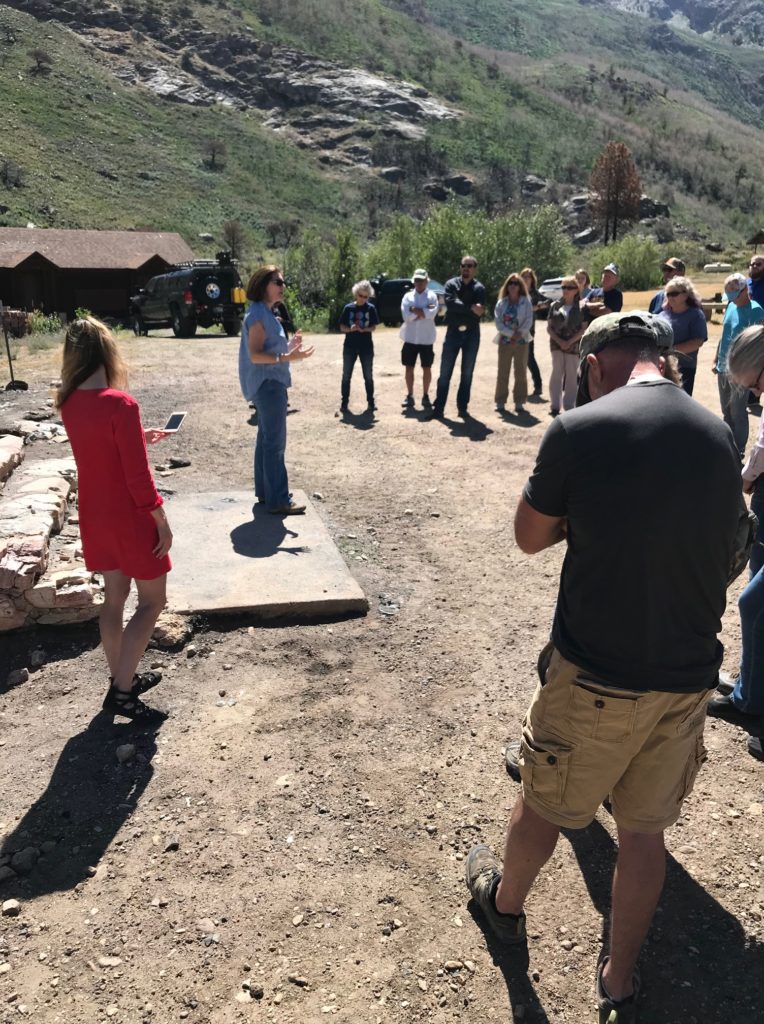
“I’m committed to fighting to pass the Ruby Mountains Protection Act and ensure that this range is safe from exploration for fossil fuels and protect it for future generations of Nevadans,” she told those gathered.
Visit Sportsmen for the Rubies to learn more and to send a letter to lawmakers urging them to support efforts to keep the Ruby Mountains a great place to hunt and fish.
Brett Prettyman is the Intermountain Communications Director for Trout Unlimited. He toured Lamoille Canyon back in the 1990s while his dad was living in Elko. He didn’t see any of the famous Himalayan snowcocks that live in the Rubies, but he does remember being shocked by how different the Rubies are from the rest of the Nevada desert landscape.



